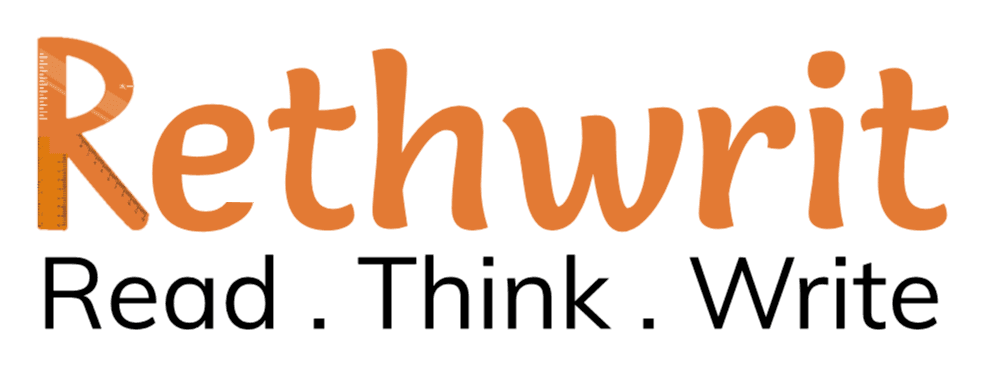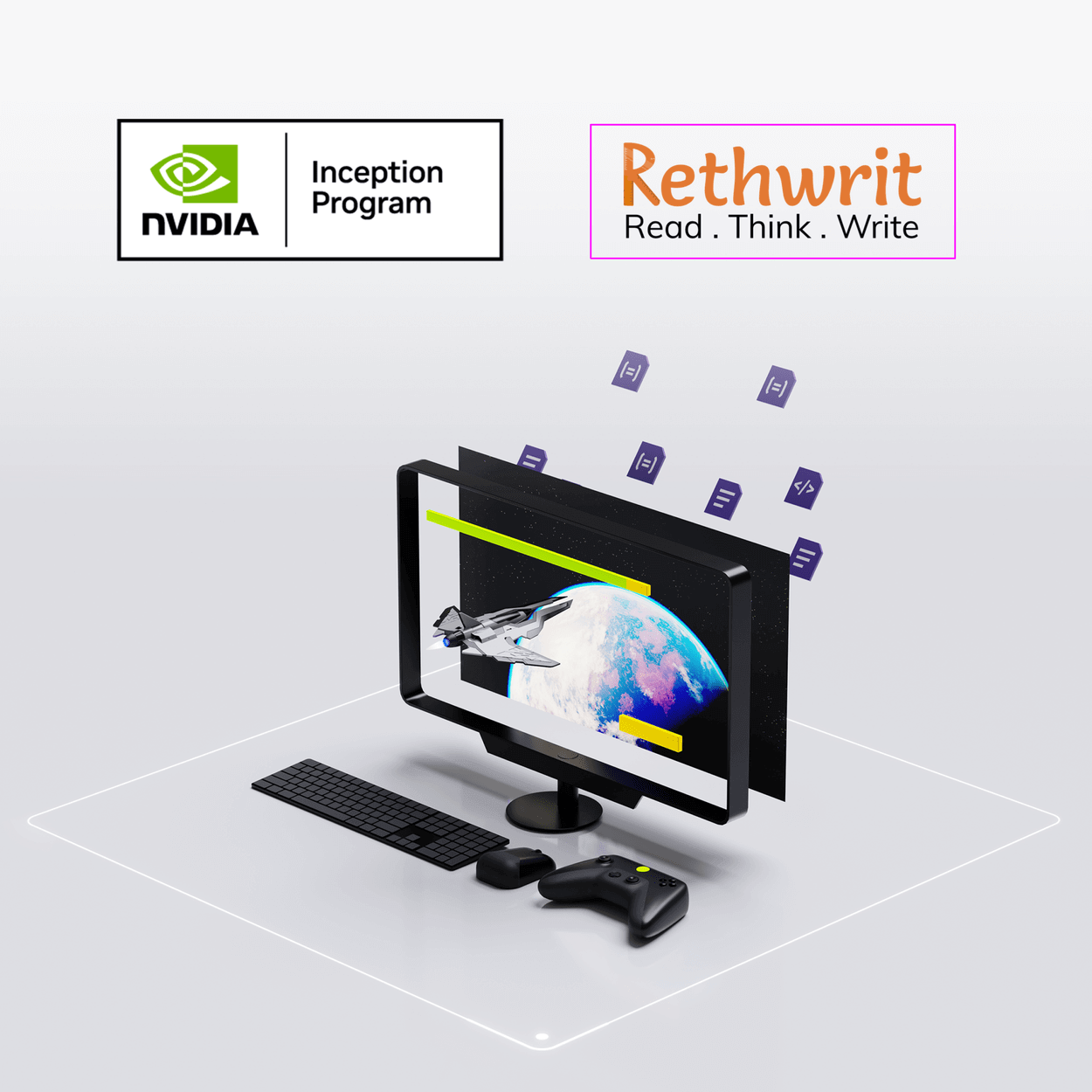Money is a fascinating topic for all of us. Let’s start this subject with a lot of curiosity.
| Textbook | NCERT |
| Class | 10 |
| Subject | Economics |
| Chapter | 3 |
| Chapter Name | Money and Credit |
Class 10 Social Science Economics Chapter 3 Money and Credit Notes
Money as a medium of exchange
Medium of Exchange
Money acts as an immediate of exchange process for any commodity or service. It is called a medium of exchange.
Barter system
A system through which goods are directly exchange without the use of money. If a seller has the desire to sell and a buyer has the desire to buy, they can exchange their goods or services without involving money.
Example:A shoe manufacturer who wants to buy wheat by selling their shoes first has to look for a wheat-growing farmer who wants to buy shoes and needs to sell wheat.
If Money is in use:
The shoe manufacturer only has to find the buyer who wants shoes, through whom he gets money, and then exchange the money for wheat.
Modern Forms of Money
What is Money?
Money is a medium of exchange in transactions for goods, services, and debts.
History of Money:
Before introducing coins, a variety of objects were used as money. example: grains, cattle, etc.
After that, gold, silver, and copper coins continued until the last century.
Currency:
- The new form of money includes currency in the form of paper notes and coins.
- It is accepted as a medium of exchange because the currency is authorized by the government of the country.
- In India, the RBI (Reserve Bank of India) issues currency on behalf of the central government.
- According to Indian law, no other individual or organization is allowed to issue currency, and no one legally refuse a payment made in rupees.
Deposits in bank
In our day-to-day life we need only some amount of money. The extra amount of money we hold in our bank as deposits to use when we need.
Is it Safe to store money in the bank?
Yes, Banks are highly regulated financial institutions that offer various services, including deposit accounts for individuals and businesses.
Banks are subject to strict regulations by government authorities and follow security measures to protect their customers’ funds.
Methods to withdraw funds from Bank Accounts
Demand Deposits:Deposits in the bank accounts can be withdrawn on demand, these deposits are called demand deposits.
Cheque:It is a paper instructing the bank to pay a specific amount from the person’s account to the person in whose name the cheque has been issued.
Modern Banking System
UPI:UPI stands for Unified Payments Interface and was developed by NPCI. UPI provides a unique virtual payment address (VPA), which is linked to a bank account and enables instant fund transfers between two bank accounts.
Net Banking:
- It is also known as online banking or internet banking.
- It allows customers to perform various banking activities and transactions using a computer or a mobile device connected to the internet.
- It provides a convenient and secure way for customers to manage their bank accounts without the need to visit a physical branch.
Loan activities of banks
What banks do with the deposits?
- There is an interesting mechanism here. Banks keep only a small proportion of their deposits as cash.
- In India, banks can only hold 15% of their deposits as cash.
- This is kept as provision to pay the depositors who might come to withdraw money.
- Banks use the majority of the deposits to extend loans for various economic activities.
What is the main source of income for the bank?
Banks mediate between the depositors who have extra funds and the borrowers who are in need of these funds. Banks charge a higher interest rate on loans. The difference between the interest they get from borrowers and the interest they pay to depositors is their main source of income.
TWO DIFFERENT CREDIT SITUATIONS
1) The positive role of credit
→Salim (the shoe manufacturer) received a 3000-shoe order from a large trader, which he has to fulfill within a month.
→ In order to complete the production work on time, Salim needs to hire additional labor for stitching and pasting. To meet all these expenses, Salim takes a loan from two sources.
- First, give the leather to the leather trader now, make an offer, and promise to pay later.
- Second, he takes a cash credit from this dealer as an advance payment for 1,000 shoes and promises to deliver the entire order before the end of the month.
→At the end of the month, Salim manages to deliver the shoes.
→ He gets a good profit, and also repays the borrowed money.
2) Credit pushes people into painful situations.
→ In rural areas, the main demand for credit is for crop production.
→Farmers take loans at the beginning of the season to grow crops and return them after harvest.
→ The repayment of the loan mainly depends on the earnings from farming.
Example:A small farmer (swapna) grows groundnuts on her 3 acres of land. She takes a loan from the moneylender in the hope that the loan will be repaid after harvest, but the crop gets ruined due to the attack of pests on the crop. She also sprays her crops with expensive pesticides, but the earnings are not enough to cover the loan. She is caught in debt and has to sell part of the land to pay off the debt.
Terms OF Credit
Collateral:It is an asset that the borrower owns (such as land, buildings, vehicles, livestock, or deposits with banks) and uses as a guarantee to a lender until the loan is repaid. If the borrower fails to repay the loan, the lender has the right to sell the asset or collateral to obtain payment.
Terms of Credit:Interest rate, collateral, required documents, and payment methods are collectively referred to as the terms of credit.
FORMAL SECTOR CREDIT IN INDIA
Loans are classifieds into two categories:
formal sector loans and informal sector loans.
Image of differences
There is a need for banks and cooperatives to increase their activities, especially in rural areas, so that the dependence of borrowers on informal sources is reduced.
SELF-HELP GROUPS FOR THE POOR
Why are poor households still dependent on informal sources of credit?
➢Banks are not present everywhere in rural India.
➢ Getting a loan from a bank is much more difficult than getting from informal sources.
➢Bank loans require proper documents and collateral.
The idea of self-help groups (SHGs)
➣ The idea is to organize the rural poor, in particular women, into small groups and collect their savings.
➣ A self-help Group consists of 15–20 members who are neighbors and meet and save regularly.
➣ Savings per member vary from Rs 25 to Rs 100 or more, depending on ability.
➣ Members can take out small loans from the group itself to meet their needs.
➣ The group charges interest on these loans, but less than moneylenders charge.
➣ SHGs help borrowers overcome the problem of a lack of collateral.
➣ SHGs are the building blocks of the organization of the rural poor. Not only does it help women become financially self-reliant, but the regular meetings of the group provide a platform to discuss and act on a variety of social issues such as health, nutrition, domestic violence, etc.
Is SHG eligible to take a loan from the bank?
➤After a year or two, if the group is regular in its savings, it becomes eligible for a loan from the bank.
➤A loan is sanctioned in the name of the group and is meant to create self-employment opportunities for the members.
➤Group is responsible for the repayment of the loan.
➤Non-repayment of loans by any one member is followed up seriously by other members in the group.


